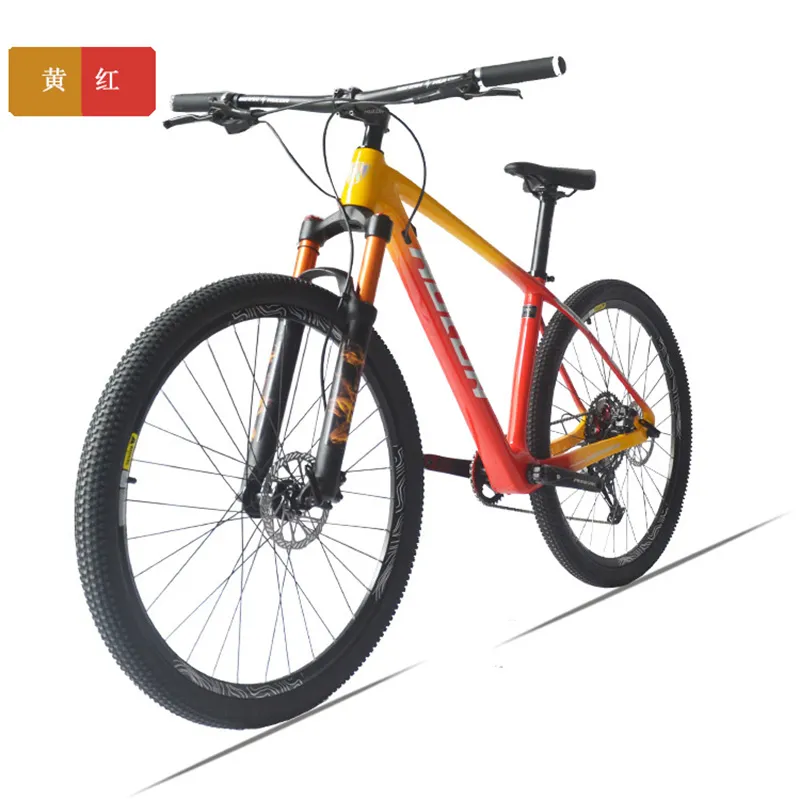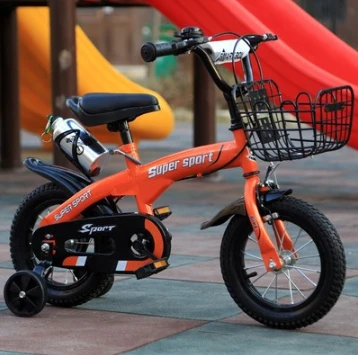Mar . 06, 2025 11:25 Back to list
how to tune a mountain bike derailleur


5. Indexing the Gears Ride tests are vital for indexing checks. Shift through the gears, ensuring smooth transitions. If the chain hesitates or skips, minor adjustments through the barrel adjuster will rectify issues. 6. Advanced Check on Hanger Alignment Misaligned hangers can cause myriad shifting problems. Use a derailleur alignment tool to check and correct alignment. Proper alignment ensures the derailleur moves smoothly across the cassette, maintaining consistent chain tension and accurate shifts. 7. Regular Maintenance and Checks Maintaining optimal derailleur performance is more than a one-time task. Regular checks and cleaning after rides, particularly in muddy or wet conditions, are vital. Lubricate the chain and inspect derailleur pulleys for wear. Keeping components clean reduces friction and prevents premature wear. 8. Expertise and Trust in Adjustment While the basics of derailleur tuning are accessible, partnering with professional bike mechanics when in doubt can elevate the reliability and performance of your mountain bike. Their advanced tools and extensive experience ensure precision tuning, offering a trustworthy solution for more complex issues that might not be evident at first glance. 9. Building Experience Over Time Like any skill, practice fosters proficiency. Start with minor adjustments and progressively tackle more technical aspects as your confidence grows. Each tuning session enhances your understanding, making future adjustments intuitive and efficient. Embraining a methodical approach to derailleur tuning combines technical proficiency with hands-on experience, ensuring maximum performance from your mountain bike. Not only does this guide provide a foundation for adjustments, but it also emphasizes the importance of ongoing maintenance and professional support when necessary, ensuring you remain confident in your bike's ability to handle any terrain you encounter.
-
Discover Top E Bike Brand Insights, Specs & Future Trends | Yanline Bike
NewsNov.24,2025
-
Green E Bike – The Future of Sustainable Urban Mobility
NewsNov.24,2025
-
Ruffian eBike: Durable, Efficient Electric Bikes for Modern Mobility
NewsNov.23,2025
-
Comprehensive Guide to the Global E Bike Market and Future Trends
NewsNov.23,2025
-
Understanding Electric Bicycle Range: A Complete Guide for Smarter E-Bike Use
NewsNov.22,2025
-
Ceron Electric Bike – Efficient, Sustainable Urban Mobility Solutions
NewsNov.22,2025
-
Discover the Benefits and Innovations of Go Ebike | Sustainable Urban Mobility
NewsNov.22,2025




